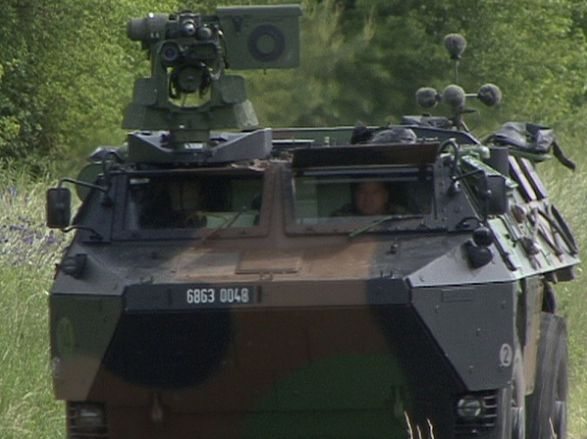The global military land vehicles market is gaining momentum. While traditional markets are choosing to upgrade and maintain existing fleets rather than replace aging platforms, other regions are looking to purchase new units. This is providing maintenance and upgrades opportunities as well as export potential that will provide a steady source of revenue for market participants.
New analysis from Frost & Sullivan, Global Military Land Vehicles Market Assessment, finds that the market earned revenues of $23.55 billion in 2013 and estimates this to reach $30.33 billion in 2022.
“Some governments, especially those implementing cost-cutting measures, are expected to opt for expeditionary strategies of upstream capacity building and short-term overseas interventions to influence conflicts in the 2013 – 2022 time frame,” said Frost & Sullivan Aerospace & Defence Programme Manager Richard Hilton. “As such, they will seek to add a mix of light and airlift-capable vehicles to their inventory while holding on to heavy-vehicle inventories, which they regard as a potent symbol of military power.”
Other governments will need to balance the procurement of heavy vehicles to achieve a modern and advanced military status with increased acquisition of light, agile forces to overcome insurgency-type conflicts in difficult environments. Overall, the demand for military land vehicles is anticipated to strengthen.
Nonetheless, growth will be relatively slow in the short term due to austerity measures in several of the world’s major defence markets. Sluggish economic growth in non-austerity-hit regions has also caused some emerging markets such as India to become less attractive in the short term. This is expected to change in the medium term as economic pressures ease.
Economic recovery will eventually reinvigorate defence spending on global military land vehicles in the medium-to-long-term. Spending on military land vehicles will be particularly high in North America – with the U.S. planning major procurements in 2016 and beyond – and, to a lesser degree, in Europe. The Chinese and Russian markets will also be significant contributors to the global market size.
Seizing these opportunities will require a nuanced understanding of the shifting environment. “Changes in end-user buying habits, driven by the need for long-term cost efficiency and through-life capability support, are creating new procurement models, with the industry taking on the responsibility for the operational effectiveness of platforms,” noted Hilton. “Providing long-term support, innovation, and flexibility throughout the life cycle will be important factors to win new business.”
Global Military Land Vehicles Market Assessment is part of the Defence (http://www.defense.frost.com) Growth Partnership Service program. Frost & Sullivan’s related studies include: Global Helicopters Market Assessment, US Department of Defence Unmanned Aerial Systems Market, Global Military, Parapublic and Commercial Helicopter Systems Market Assessment, and US Department of Defence Battle Management Systems.










